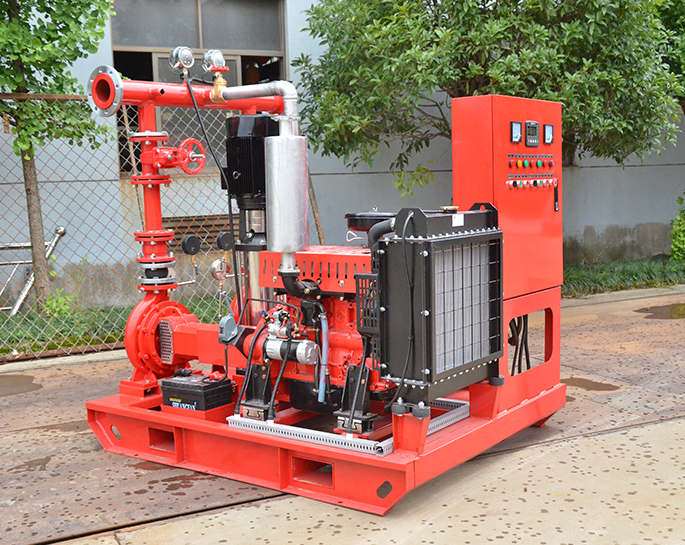What are the hazards of an idling fire pump?
Apr 20, 2023
Share:
Idling fire pumps are incredibly hazardous. Fire pumps are essential components of fire protection systems, and a failure of a fire pump can result in a disaster. This essay will discuss the hazards of an idling fire pump and how to mitigate them.
Hazard 1: Corrosion
The first hazard of an idling fire pump is corrosion. Fire pumps are usually exposed to a wide range of environmental conditions, and they can quickly corrode if they are left idle. Corrosion can cause a fire pump to break down, leading to a failure of the fire protection system. To mitigate this hazard, it is important to regularly maintain fire pumps and check for signs of corrosion.
Hazard 2: Fires
The second hazard of an idling fire pump is the risk of fire. When a fire pump is left idle, it can overheat and cause a fire. To prevent this hazard, it is important to regularly inspect fire pumps and ensure that they are operating properly. Additionally, it is important to make sure that the fire pump is running at the correct speed, as running a fire pump too fast can also cause it to overheat.
Hazard 3: Contamination
The third hazard of an idling fire pump is contamination. When a fire pump is left idle, the water inside of it can become contaminated. This can lead to a failure of the fire protection system, as the water may not be able to be used to extinguish a fire. To mitigate this hazard, it is important to regularly inspect the water in the fire pump and make sure that it is clean and free of contaminants.
Conclusion
In conclusion, an idling fire pump can pose a number of hazards. These include corrosion, fires, and contamination. To protect against these hazards, it is important to regularly inspect and maintain fire pumps and make sure that they are running properly. By taking these steps, it is possible to reduce the risk of a fire pump failure.

Hazard 1: Corrosion
The first hazard of an idling fire pump is corrosion. Fire pumps are usually exposed to a wide range of environmental conditions, and they can quickly corrode if they are left idle. Corrosion can cause a fire pump to break down, leading to a failure of the fire protection system. To mitigate this hazard, it is important to regularly maintain fire pumps and check for signs of corrosion.
Hazard 2: Fires
The second hazard of an idling fire pump is the risk of fire. When a fire pump is left idle, it can overheat and cause a fire. To prevent this hazard, it is important to regularly inspect fire pumps and ensure that they are operating properly. Additionally, it is important to make sure that the fire pump is running at the correct speed, as running a fire pump too fast can also cause it to overheat.
Hazard 3: Contamination
The third hazard of an idling fire pump is contamination. When a fire pump is left idle, the water inside of it can become contaminated. This can lead to a failure of the fire protection system, as the water may not be able to be used to extinguish a fire. To mitigate this hazard, it is important to regularly inspect the water in the fire pump and make sure that it is clean and free of contaminants.
Conclusion
In conclusion, an idling fire pump can pose a number of hazards. These include corrosion, fires, and contamination. To protect against these hazards, it is important to regularly inspect and maintain fire pumps and make sure that they are running properly. By taking these steps, it is possible to reduce the risk of a fire pump failure.







